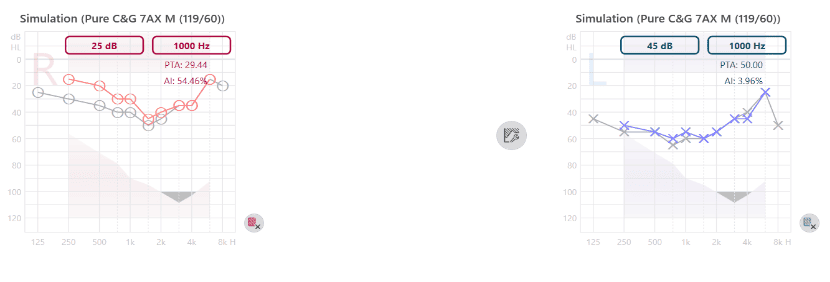The information presented in this case study was submitted by the identified provider and reviewed by the Unyte Clinical Team. Modifications to the text have been made solely for the purpose of enhancing comprehension and clarity for the reader’s benefit, and were carefully applied while ensuring the accuracy and integrity of the original submission. Unyte Health makes every effort to use updated terms and inclusive language, this case study retains the author’s original descriptions to be most sensitive to the client’s identity and preferences.
About the Provider
Name: Vincent Wilkin
Disciplines/credentials: Medical Doctor (M.D.), somatic practices
Modalities: Safe and Sound Protocol (SSP), somatic practices, meditation, fascia manoeuvers
Client Background
Name: Elsa (pseudonym)
Age and Gender: 59-year-old woman
Program Delivered: Safe and Sound Protocol (SSP)Core (Hours 1-5)
Elsa is a teacher with a traumatic background due to a motorcycle accident in her youth. The accident caused multiple fractures that resulted in long-lasting joint pain all over her body and light deafness, which required hearing aids. She had a lot of anxiety, an inability to focus and loss of patience, and became aggressive with co-workers. The teaching environment was very stressful and overwhelming for her. She had to stop working for a few months due to burnout. She also became very frustrated as she was no longer able to read books, something she loved to do.
She was practicing Trauma Release Exercises (TRE) but felt limited by “an invisible wall” that prevented her from accessing deep traumas, such as the motorcycle accident. She had also engaged with osteopathy, acupuncture and other techniques, and was well versed in Polyvagal Theory after reading a lot about it.
She came to provider Vincent Wilkin feeling a bit desperate as nothing had helped alleviate her stress. The treatment goal was to bring her to a state of regulation so that she could return to work after two months.
Implementation of the Safe and Sound Protocol (SSP)
The SSP was delivered remotely. Each session lasted an hour that included:
- 10 minutes of debriefing and reframing in the Polyvagal model.
- 20 minutes of somatic exercises to either stimulate the vagus nerve, bring comfort or stretch the fascias (Human Garage movements).
- 20 minutes of listening to the SSP.
- Five minutes of debriefing.
Outside of their sessions, Vincent asked Elsa to do 15 minutes of somatic practices a day, and asked her to go out into nature as much as possible.
Response
Two months after starting the SSP, Elsa noticed multiple changes. She was able to focus and start reading again, which was a huge release. She returned to work and was able to tolerate the work environment; she felt very calm with her co-workers and was able to express her needs to her superiors, which was new to her.
She felt like the “wall” she had been feeling during TRE had vanished. She also had her hearing measured, which had improved since the end of the SSP. Please see below for the before-and-after hearing measurements, as well as provider analysis from Vincent.
Please see the graph below to better understand this analysis. The left graph represents hearing changes in the left ear; the right graph represents hearing changes in the right ear.

There is a significant improvement in hearing in the left ear: the red line being the data after the SSP Core, and the grey line being the data before the SSP.
As you can see, the patient’s hearing in the left ear has gone from mild hearing loss range in the frequencies from 250 Hz to 500 Hz before the protocol, to Normal hearing in that same range. In the 500 Hz to 1000 Hz range, the line has moved from 40 dB to 30 dB after the SSP Core, which means these sounds can be heard by the patient at a volume of 10 dB quieter than before. There is a slight improvement from 1000 Hz to 2000 Hz of about 5 dB. These frequencies fall within the middle-frequency range (200-5000 Hz) that is modulated in the SSP to communicate safety to the listener’s nervous system.
There is no significant change in the right ear.
Discussion
Vincent shared that the two most important parts of the SSP delivery were Elsa’s understanding of the Polyvagal model, as well as the constant somatic practice. The somatic practices were a tool she could use any time she felt she needed. This empowered Elsa, which was something she really needed as she lives alone and doesn’t have many friends or social interactions.
The understanding of the Polyvagal model helped her reframe her symptoms as normal and assess her own progress within that context.
“I was pleasantly surprised that she had [made] a lot of improvements in a lot of areas in her private and professional life,” Vincent said.



 © 2025 Unyte Health US Inc.
© 2025 Unyte Health US Inc.